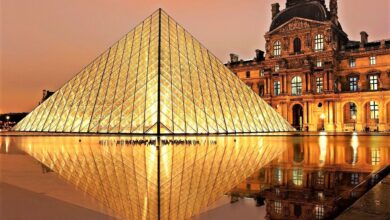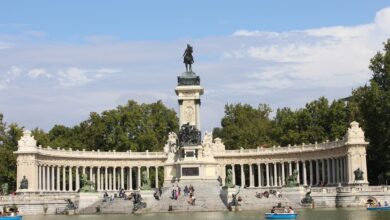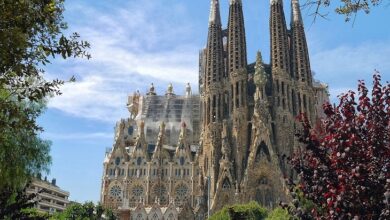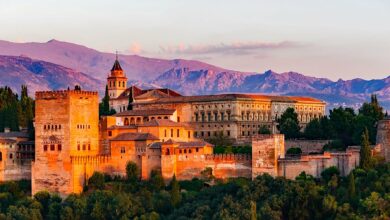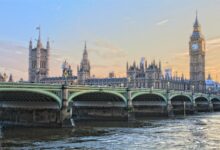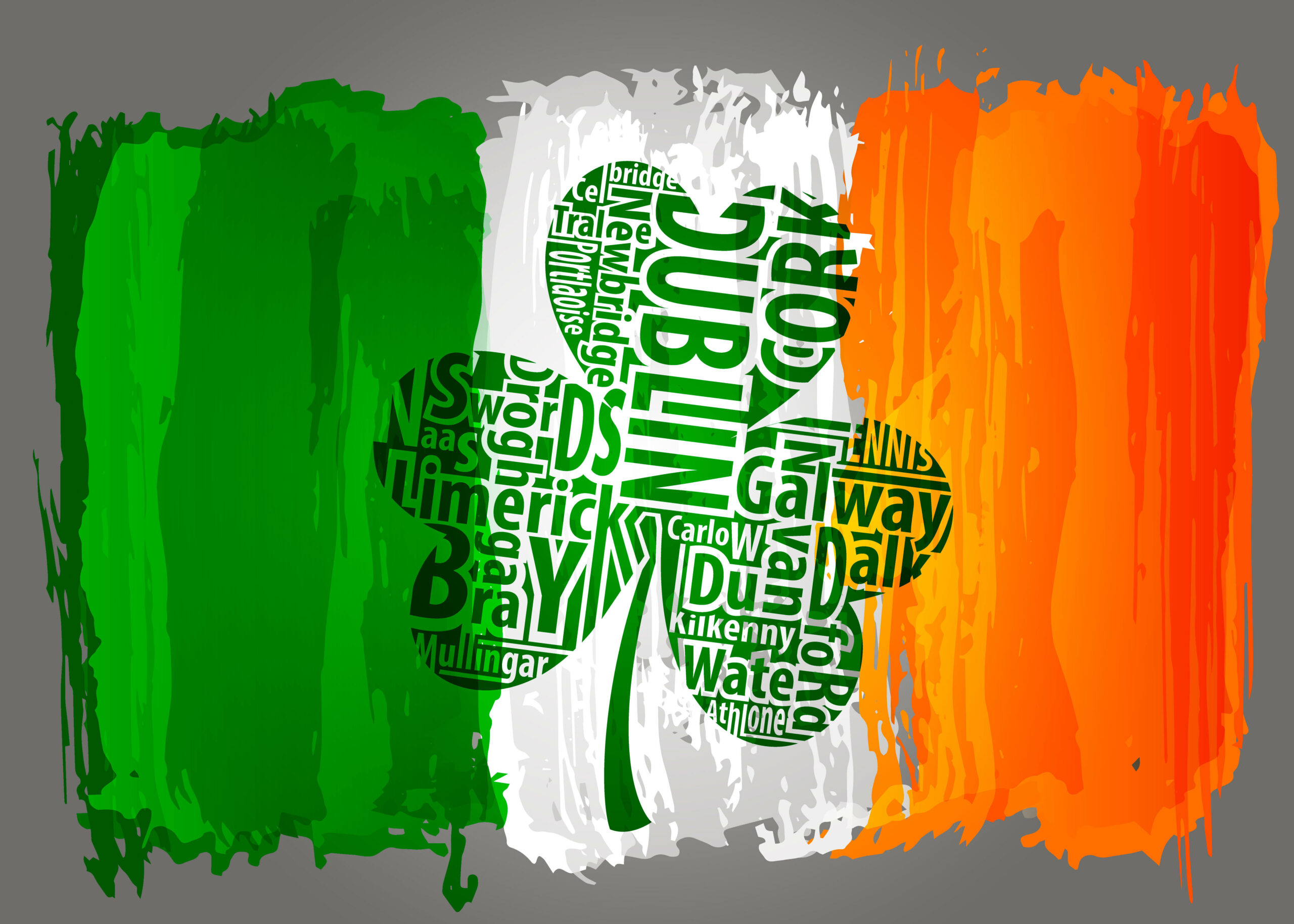
Map of Dublin Ireland & Travel Guide
Map of Dublin Ireland & Travel Guide
– Ireland may be one of the smallest countries in Europe, but there’s nothing small scale about Dublin. If you wish to steep yourself in Irish history, language, and culture, it’s where you need to go. From a 1,200-year-old illuminated Gospel to a shrine to stout beer that even the Queen of England has visited, the capital of Ireland is a treasure house of wonders.
Map of Dublin
Map of Dublin Ireland & Travel Guide
This brief guide will introduce you to the history and attractions of this wonderful city as well as where you can stay and what you can eat. I hope it will help you prepare for your own visit to Dublin. You’re certain to enjoy a very memorable stay.
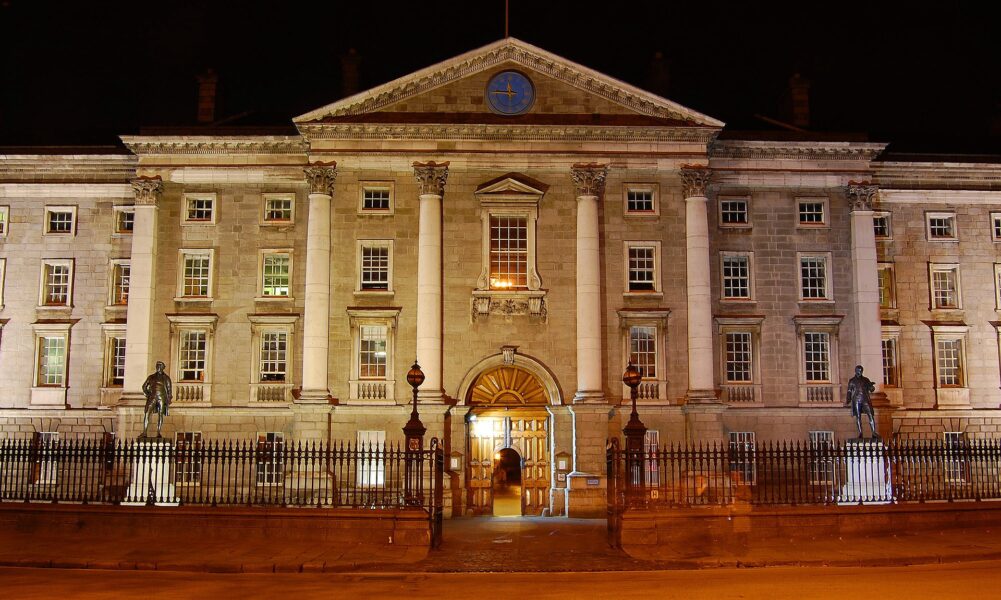
The History of Dublin
Much of Dublin’s rich history is shaped by its geographical position in the very center of the east coast of Ireland and where ferry crossings from the center of Great Britain are the shortest. Although the city was originally founded as a Viking settlement in the 988, it came into prominence after the Norman invasion of 1169 and the 1175 Treaty of Westminster.
During the 12th century, the Normans were in control of England and Wales. 600 Norman knights invaded Ireland in 1169. The Norman King of England then followed up with a larger invasion in 1171. In 1204, Dublin Castle was built and soon became the focus of Norman power in Ireland.
By the end of the 13th century, the town of Dublin held a population of 8,000. That might sound small, but at the time London’s population was only around 45,000 and York (the second most important city in England) 13,000. The average population of an English town at that time was between 2,000 and 5,000.
Up until the Tudor period, English control over most of Ireland was nominal. However, a small strip of land surrounding Dublin and along the eastern seaboard was settled by English people. This stable English presence in Ireland was called The Pale.
In 1542, King Henry VIII was declared King of Ireland in an attempt to strengthen English domination over Ireland. This began a series of military and political campaigns known as the Tudor Conquest of Ireland. As part of this, Henry’s daughter Queen Elizabeth I forced Christ Church and St Patrick’s cathedrals to convert from Catholic to Protestant and founded Trinity College Dublin in 1592 as a Protestant-only university.
It is unusual for a city to have two cathedrals, but Dublin has three! Christ Church and St Patrick’s are still controlled by the Protestant Church of Ireland while the Roman Catholic Archbishop of Dublin and Primate of Ireland sits in St Mary’s Pro-Cathedral. The Catholic Church claims Christ Church as its official seat in Dublin but has never pushed that claim legally and so St Mary’s is a “pro-cathedral” which means it acts as a cathedral but does not have full cathedral status conferred by the pope.
Following the Tudor Conquest, Dublin became a real capital. Except for a brief period of independence gained during the English Civil War when Confederate Ireland controlled the island from 1642 to 1649, Dublin acted as the legal, administrative, financial, and religious center. This greater status led to a population explosion such that by the 17th century, Georgian Dublin became the second-largest city in the British Empire (after London) with a population exceeding 130,000. That’s why Dublin is such a fantastic destination for anyone interested in Georgian architecture.
In the early 20th century, Dublin suffered a significant amount of structural damage caused by the 1916 Easter Rising, the 1919-1921 Irish War of Independence, and the 1922-1923 Irish Civil War. After peace was established, the new Government of the Irish Free State located their parliament in an old Georgian palace called Leinster House.
At the turn of the millennium, between 1995 and 2008, Ireland experienced a period of boom growth when it became known as the Celtic Tiger. This had a significant impact on the skyline, infrastructure, and suburbs of Dublin, turning it into the blend of old and modern you can see today.
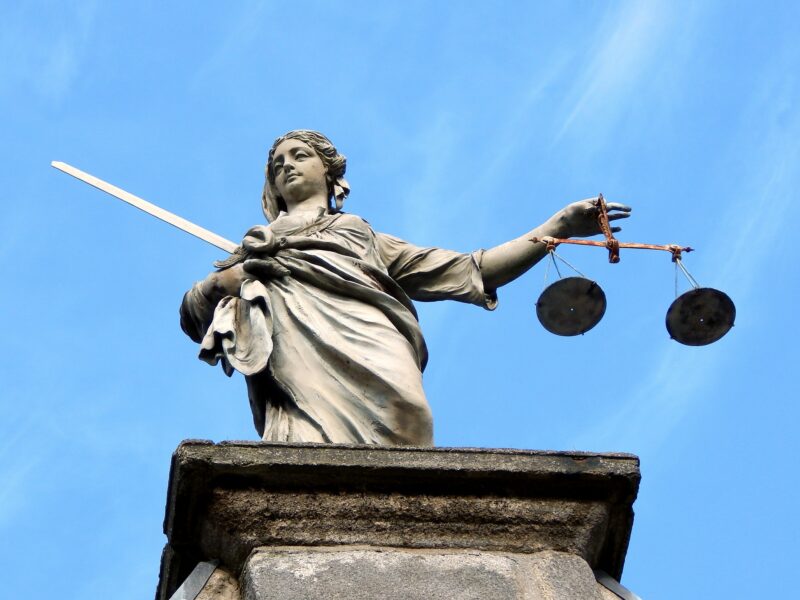
Dublin Fact File
- Location: East Coast of Ireland.
- State/Province: Leinster.
- Population: 555,000.
- Area: 44 square miles.
- Seasonal weather: Dublin has a maritime climate with mild winters, cool summers, and few temperature extremes. You can expect a lot of rain, though.
- Official language: Irish is the official first language, but English is also an official language and spoken by many as their first language. A significant number of Dublin schools (44) are Irish-language establishments ensuring that the Irish language thrives in Ireland’s capital.
- Other languages: Over 15% of Dubliners were foreign-born, so you’ll hear many languages spoken around the capital.
- Religion: 68% identify as Catholic, 19% atheist, and 13% other religious denominations. Dublin is the seat of both the Roman Catholic Primate of Ireland and the Church of Ireland Primate of Ireland.
- Time Zone: Dublin follows Greenwich Mean Time (UTC) and Daylight Saving Time during summer (UTC+1).
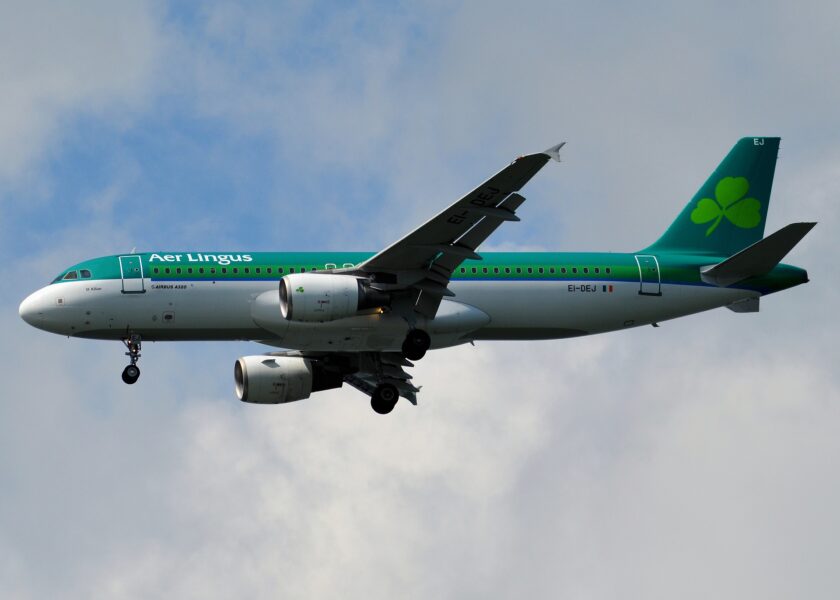
Airports & Entry
You can get to Dublin by air, ferry, bus, or train. Unless you’re coming from Northern Ireland, flying is the most efficient and economical way.
Flying
Dublin Airport is the busiest airport in Ireland, handling 32 million passengers a year. You can easily book direct flights to Dublin from major European or American cities. When you book, use a price comparison website like Omio to get the best rates.
However, if you’re traveling on a budget, here’s a trick that might save you some money. Because London is a major transportation hub for western Europe, flights there are often cheaper than those to Dublin, and there are more choices. If you book the cheapest direct flight to London and then a separate flight from London to Dublin with a budget airline, you may end up paying much less.
On the downside, this will mean changing flights in London and also passing through security there. But it may save you hundreds of dollars. For example, on 4th December 2019, the cheapest direct Aer Lingus flight from Newark Liberty International Airport to Dublin takes 6 hours 20 minutes and costs $656. But you can book a direct Norwegian Air flight from JFK to London Gatwick for $227 that takes 6 hours 40 minutes. And a RyanAir flight from Gatwick to Dublin costs $18, taking 1 hour 25 minutes.
You can book non-direct flights on the same ticket. For example, you can take a flight from JFK in NYC to Dublin that costs $320 and involves two changes, taking 14 hours 1 minute in total. But, as you can see, this will take longer than changing yourself in London and cost more, too. If I were booking this flight, I’d consider enjoying a two-day stopover in London as part of my vacation. It all depends upon your interests, budget, and time available for your visit to Dublin.
Ferry
The ferry route from Holyhead in Wales to Dublin is popular because it covers the shortest distance between the center of Great Britain and Ireland. Interestingly, Irish Ferries has ordered a new €165 million ferry due to be launched in 2020 to cover this route that will be the largest ferry in the world. Currently, a typical crossing costs $43 and takes 3 hours and 30 minutes.
However, the road and rail links between London and Holyhead will add time and expense to your journey. A train takes 3 hours 43 minutes and costs £95 ($122) while a coach takes 7 hours 30 minutes and costs £48 ($62). Given that you can fly from London to Dublin for as little as $18, you’re better off flying unless you’re starting your journey from northwest Wales. The only good reason for choosing a ferry is if you want to take a vehicle from Normandy or Great Britain to Dublin. That’s why Dublin port only handles 1.5 million passengers a year compared to 32 million using the airport.
Train or Coach
It’s easy to travel from Northern Ireland to Dublin because there are no real borders. You can catch a train from Belfast to Dublin that costs $14 and takes 2 hours 15 minutes. And a coach only takes 10 minutes longer and costs $11.
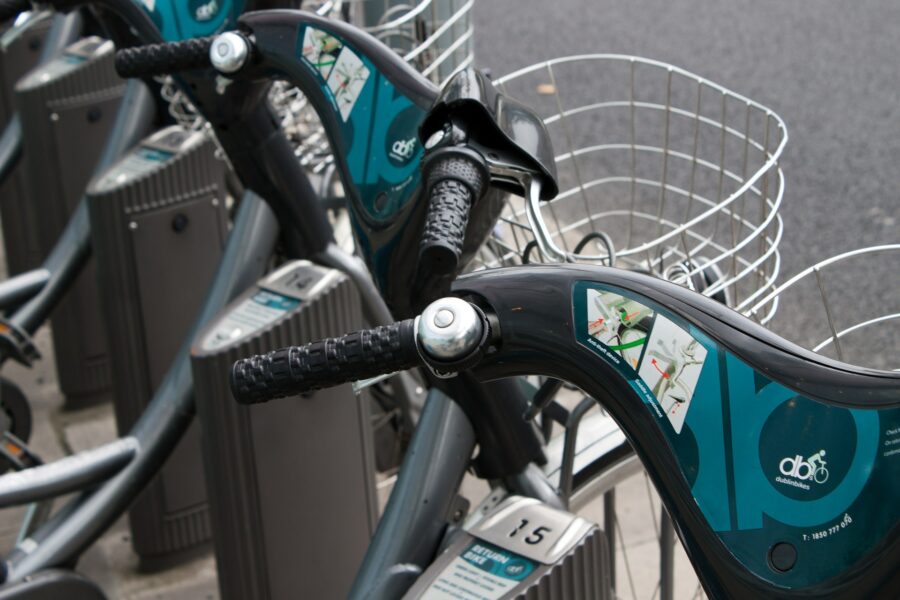
Getting Around Dublin
The center of Dublin isn’t huge, and it’s divided into distinct areas, such as the Medieval Quarter, Georgian Quarter, Docklands Quarter, Cultural Quarter, and Creative Quarter. Most of the attractions you want to see will be within this area. Unless you’re in a hurry, the best way to explore the capital of Ireland is on foot or by bicycle.
Walking and Cycling
Within each quarter, the main attractions are only a short walk away. If you want to go a little faster, check out the Dublin Bikes public bike-rental scheme. There are dozens of bike terminals scattered around the city center. Each terminal has a minimum of 15 bike stands. You can pick up a 3-day hire ticket at bike terminals for €5.00 ($5.50).
Public Transport
To use any kind of public transport in Dublin, it’s cost-effective to use a Leap Visitor Card. These can be used on trams, buses, and trains around Dublin. Most importantly, they can be used on the Airlink 747 and 757 airport bus services as well as tram and train links between Dublin Airport and the city center.
Leap Visitor Cars are purchased online and delivered by post, so it’s important to order them well in advance of your visit so that you receive them in time. The selected time allowance begins the first time you use your card to travel.
If you prefer, you can buy individual travel tickets from a ticket machine using cash, but it’s up to 31% cheaper to use your Leap Visitor Card. There are three Leap Visitor Card options: 24 hours for €10.00 ($11.00), 72 hours for €19.50 ($21.50), or 168 hours for €40.00 ($44.00).
You can plan any public transport journey in Dublin on the Transport for Ireland Journey Planner map.
Luas Trams
The trams in Dublin are called Luas, which means speed in Irish. There are two tramlines crossing the city: the Luas Red Line running east-west alongside the River Liffey and the Luas Green Line from the south of the city center to the southeast.
There are tram stops outside many major attractions, such as the Dublin Docklands, Kilmainham Gaol, the Guinness Store House, the Irish Museum of Modern Art, and the National History Museum.
Dublin Bus
The bus service is the most extensive public transport system in Dublin and will get you to all the attractions. Fortunately, you can use your Leap Visitor Card in both the buses and the trams. So, if you can catch a tram where you’re going, you’ll get there quicker. But if there is no tram going there, you can always catch a bus.
DART Railway
If you want to explore outside of the city center, the Dublin Area Rapid Transport Railway provides a fast and scenic journey to the suburbs of Dublin.
Taxi
You can also opt to use taxis in Dublin, though they’ll cost more than public transport. Consider the journey from Dublin Airport to the city center. A taxi will take 23 minutes compared to 42 minutes on a bus. However, the bus will cost €3.30 ($3.50) while a taxi will cost between €20 and €30 ($22-$33), almost ten times the cost.
Hire Car
Don’t hire a car! Within Dublin, you’ll be faced with driving on the left, complex one-way systems, traffic congestion, and insufficient parking places. Plus, you’ll have to pay for all the parking places in the city. Driving yourself will cost you more in both money and time and prove very inconvenient.
And if you’re over 24 and under 75, or you’ve had your driving license less than a year, you won’t be able to hire a car in Ireland. Most car rental companies in Ireland are very selective about to whom they hire vehicles.
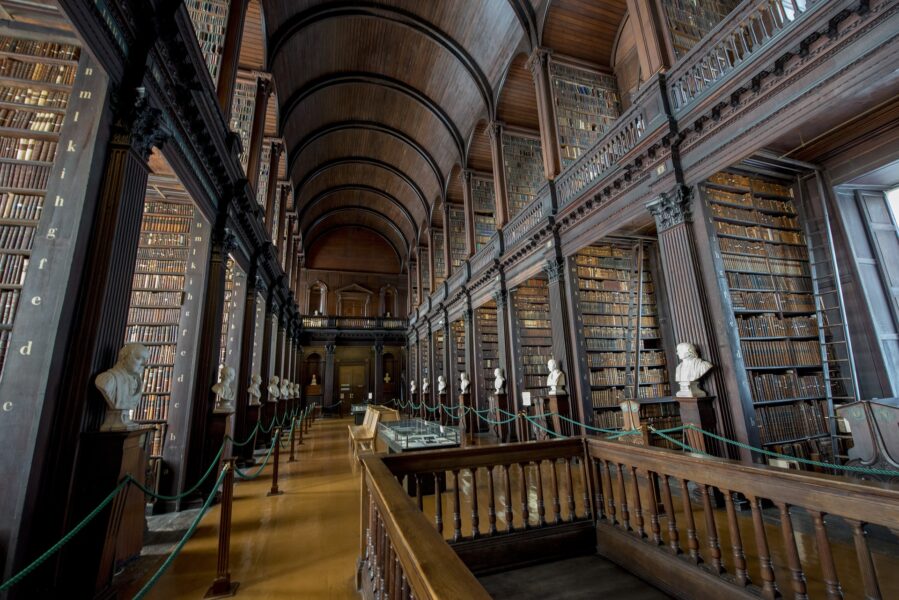
Top 7 Things to Do and See in Dublin
Dublin is filled with fantastic attractions. Whether you’re a history buff, intrigued by nature, or love beer, there is something to suit every taste.
Christ Church Cathedral
Dublin was founded by the Vikings, and Christ Church Cathedral is a tangible part of their legacy. The cathedral was first built as a wooden church by the Vikings who lived here in 1028. In medieval times, it was rebuilt in stone and boasts one of the largest crypts in the British Isles. Visitors love to explore this old cathedral and listen to their famous choir.
The Treasures of Christ Church Exhibition is found inside the 12th-century crypt. It displays artifacts and manuscripts gathered by the cathedral over the past 1,000 years. The silver plate donated by King William III in 1697 is particularly stunning.
The cathedral is also known for its noisy 19 bells. They range in size from ¼ of a ton to 2¼ tons and together represent the greatest circle of church bells in the world. The oldest bell was cast in 1738.
Dublin Castle
Originally, this impressive fortification was the headquarters of British rule over Ireland. Today, it remains an important symbol of Dublin’s place as Ireland’s capital. Since 1938, Irish Presidents have been inaugurated inside the State Apartments of Dublin Castle in St Patrick’s Hall.
The castle was founded in 1204, and the 1228 Record Tower still stands intact. Most of the rest of the original castle was destroyed by a fire in 1684, so what you see now is the Georgian palace that replaced it.
The castle gardens are popular in spring and summer, and special events and exhibitions are regularly held inside the State Apartments. Check the castle website for details of upcoming events.
Trinity College Dublin
Trinity College was founded by Queen Elizabeth I in 1592 and is one of the oldest universities in the British Isles. Although the Republic of Ireland is not part of the United Kingdom, Trinity retains its historic links with Cambridge and Oxford and is considered to be their equal.
This level of prestige is acknowledged by the fact that Trinity College Library is a copyright library for the United Kingdom, i.e. a copy of any books published in the UK must be provided free of charge to Trinity College Library within one year of publication under UK law. The fact that Dublin is not in the UK is irrelevant to this law.
Most visitors to Trinity College make a B-line for its famous library. This is where you can see the two most important cultural objects in Ireland and the most important document. The document is the 1916 Proclamation of the Irish Republic—equivalent to the US’s Declaration of Independence.
The symbol of Ireland, used in heraldry and on the tail of Irish coins, is a Celtic Harp design based on the Brian Boru Harp on display inside Trinity College Library. This harp is a late-medieval musical instrument probably made toward the close of the 14th century. The same harp is used as a trademark by Guinness.
One of the most famous illuminated manuscripts in the world is the Book of Kells. This is a hand-written copy of the four Gospels in Latin covered with beautiful Celtic-style illustrations. The book is believed to have been produced around 800 using scraped-calfskin pages (vellum). The book is divided into the four gospels, and you’ll always see two of them on public display inside the library.
Kilmainham Gaol
This prison was first constructed in 1796 and locals called it the New Gaol to differentiate it from the older prison it replaced. Its official name was The County of Dublin Gaol. At first, public hangings were conducted in front of the prison. From 1891, hangings took place in a special inside room. Many prisoners from here were transported to the Australian convict colony at Botany Bay.
Today, Kilmainham Gaol is a monument to Irish nationalism. During British rule, this is where prominent Irish freedom fighters were imprisoned, tortured, and executed. Famous prisoners include Henry Joy McCracken, Patrick Pearse, and Eamon de Valera, who went on to become the President of Ireland.
Leinster House
James FitzGerald, Earl of Kildare, built this palace between 1745 and 1748 as his primary residence in the capital. He lived here to be close to the seat of power. However, following the Act of Union 1801, the parliament in Dublin was disbanded and power shifted to London, followed by the aristocracy. The 3rd Duke Leinster sold the palace to the Royal Dublin Society in 1815, following which it was used to house the National Museum of Ireland and the National Library of Ireland.
Since 1922, Leinster House has housed the Parliament of the Republic of Ireland. This is where Irish laws are passed and key decisions made. When the Dail and Seanad (Parliament) are not meeting, you can tour the Irish parliament.
Before Leinster House was used for the Irish Parliament, they met at Parliament House in College Green. Parliament House is a purpose-built parliament building erected in 1729. However, after the Act of Union 1801, it was no longer needed and became home to the Bank of Ireland. Today, the building is used for occasional public functions. Though still owned by the Bank of Ireland, it is no longer used as a headquarters building for the bank.
The Guinness Storehouse
Perhaps it should not be a surprise that this old brewery building is now the most popular tourist attraction in Dublin. In fact, even Queen Elizabeth I and Prince Phillip have made a pilgrimage to The Guinness Storehouse.
Once a grain storehouse for the huge Guinness brewery, this seven-story structure is now a popular, interactive museum. The museum tour teaches you all about the history of Guinness stout, its production, and the importance of advertising. At the end of the tour, you get a free glass of Guinness (if you’re old enough!).
The Silicon Docks
While you’re in Dublin, take a walk around the Silicon Docks to witness the amazing contrast between old Georgian structures and the new modern buildings built during the recent Celtic Tiger era. The area around the Grand Canal Dock in Dublin is home to a huge concentration of high-tech companies, including Facebook, Linkedin, Google, PayPal, TripAdvisor, and Twitter. That’s why the locals call this area “The Silicon Docks”.
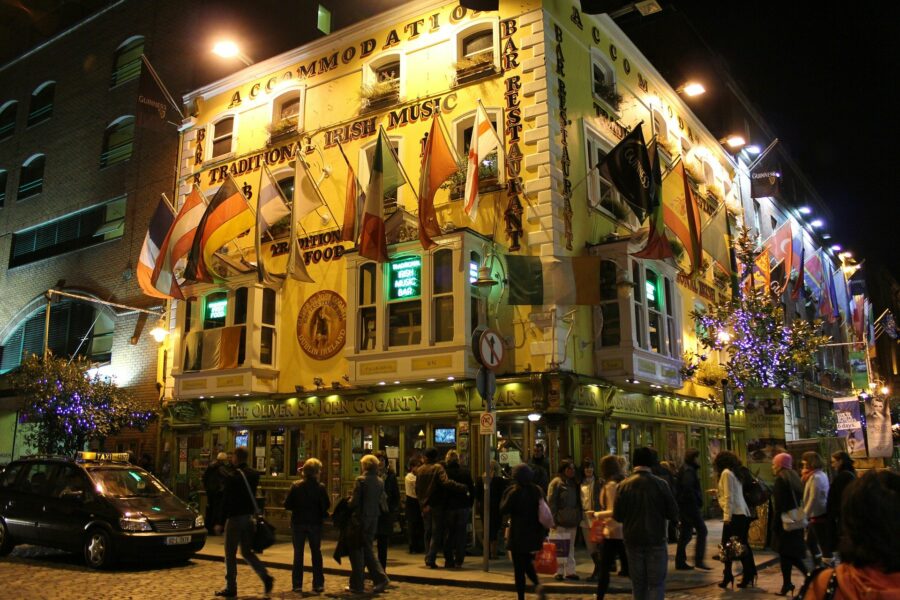
The Nightlife in Dublin
Everyone knows that the Irish love a drink…or ten. There are over 600 pubs in Dublin. However, alcohol is relatively expensive in Ireland. A pint of Guinness will cost you over €4.00 ($4.41) and lager €4.50 ($4.96). The standard closing time for pubs is midnight but some have late licenses and stay open until 3.30 am. Such pubs may charge higher prices after midnight. Temple Bar is reputed to be the center of Dublin’s nightlife, but there are plenty of venues further afield.
Due to a tax concession, micro-brewery bars can charge lower prices for their drinks, so you can drink craft beers for the same price as mass-produced beer in other pubs. But note that all pubs tend to be more expensive around the Temple Bar area, where the tourists go, and cheaper in outlying areas. For example, Fibber McGees off Parnell Square offers drinks for only €3.00 ($3.31) on Thursday evenings, but I hope you enjoy heavy metal played live and loud. But in the Temple Bar area, don’t be surprised by €7.50 ($8.27) pints.
Wherever you go to drink, be aware there is a no-smoking policy inside all public buildings in Dublin, including the pubs and clubs. However, many pubs now feature alfresco areas where you can smoke outside in a beer garden.
Traditional Pubs
There are, of course, lots of great pubs around Dublin. Many people head to O’Donoghue’s on Merrion Row, famous as the venue where The Dubliners folk group formed. There you can listen to impromptu live music. And if you want something more central, check out The Celt on Talbot Street. Locals and tourists both flock there for popular bar food and live music from 9 pm. But if you’re looking for something truly Irish, check out An Conradh on Harcourt Street. This is an Irish-language pub where you can hear locals speaking in a language over twice as old as English.
Modern Bars
If you’re looking for something a little more modern, check out The Market Bar on Fade Street. This is a spacious, modern bar with an attached restaurant. Or maybe Lotts on Liffey Street. This is a posh-looking venue with plush leather seating, chandeliers, and a marble bar. They also offer outside seating and live music.
Micro-Breweries
If you’re a beer connoisseur, head on down to J. W. Sweetman on Burgh Quay for an excellent stout or their own lager or ale. They also offer a great value lunch for 10 ($11). Or for a wider variety of choices, go to Against the Grain on Wexford Street where you can choose from a broad range of world beers and Irish micro-brews.
Clubs
If you’re looking for something more adventurous than a pub, Krystle on Harcourt Street is a great place to get dressed up for and go people-watching. It’s where the young rich and almost famous of Dublin hang out. But for something livelier, check out The Button Factory on Curved Street. This venue holds up to 550 people and regularly hosts international DJs and famous acts. You’ll tend to see a lot of students there.
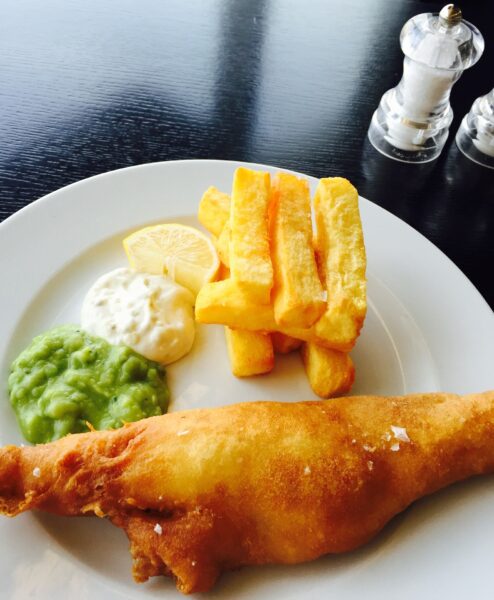
Food in Dublin
Since Dublin is a seaport, naturally you can expect to see a good deal of seafood in the local diet. Other Irish specialties are influenced by the popularity of potatoes in Ireland as well as beef and mutton.
Fish and Chips
The most popular takeaway food across the British Isles is fried fish and chips (actually French fries – they call potato chips “crisps”). And given that both fish and potatoes are especially popular in Ireland, it’s no surprise to find fish and chips on the menu in many Dublin restaurants. Many of the best restaurants use their own secret beer batter recipes for a uniquely delicious dish. Check out the Beshoff Restaurant in Upper O’Connell Street. They’ve fried fish there since 1913, and it shows.
Shellfish
Given that the unofficial anthem of Dublin is Molly Malone, it’s understandable to find that shellfish are firmly on the local menu. And if you want to sample mussels cooked with style, try Moules Frites from the Exchequer Gastro Pub—mussels cooked in a white wine garlic sauce and served with fries and toast.
Smoked Salmon
Irish salmon is especially tasty, and over the centuries different areas of Ireland have developed unique methods of smoking salmon by burning different kinds of wood. You can find oak-smoked fish from the Burren Smokehouse and beechwood-smoked salmon from the Connemara Smokehouse. If you want to sample Irish salmon during your stay in Dublin, you can visit Delahunt of Camden Street.
Seafood Chowder
Chowder isn’t an exclusively Irish dish, but Irish Chowder is something you should try while you’re in Dublin. One restaurant that comes highly recommended for seafood chowder is The Old Storehouse on Crown Alley in Temple Bar. They also serve fish and chips, Connemara mussels, and Irish smoked salmon.
Boxty
This traditional potato pancake can be found in restaurants across Dublin. It’s made by mixing grated raw potato with cooked mashed potato, salt, and flour. It’s then boiled, sliced, and fried. You’ll frequently found it served with bacon and eggs or smoked salmon. When I say there’s a restaurant in Temple Bar called Gallagher’s Boxty House, you won’t be shocked to discover you can eat great boxty there.
Irish Stew
Naturally, Dublin is a great place to eat traditional Irish stew. If you’ve never tried it, it’s a stew made using mutton, onions, and potatoes and then thickened with pearl barley. Bay leaves, parsley, and thyme are often added for extra flavor.
A great place to try Irish stew and other traditional Irish recipes is the Brazen Head on Bridge Street Lower. This traditional pub is found near Dublin Castle and boasts an incredible history. It is claimed to be the oldest pub in Ireland, first founded in 1198, and is the location where many rebellions against the crown were plotted. Go there to soak in the history, culture, and cuisine of Dublin.
Coddle
Another popular stew in Ireland is coddle. Traditionally, this was made by slowly simmering leftovers at the end of the week. These days, you’ll find it cooked using tasty sausages, bacon, sliced potatoes, and onions. It’s often served alongside soda bread. A rather unusual pub on Stephen Street, just off Grafton Street, called The Hairy Lemon is a great place to try coddle. This pub was also one of the locations used for the 90s film The Commitments.
Bread
You’ll find two kinds of traditional bread in Dublin: soda bread and b. Soda bread is the original Irish staple baked before potatoes were introduced to the island. It’s made by mixing bicarbonate of soda with flour and buttermilk and baking. Blaa is soft bread baked using an old French recipe introduced to Dublin by French Huguenots in the 17th century. It makes great sandwiches. Why not sample both kinds of bread at Hatch & Sons Irish Kitchen on Parnell Square North.
Guinness Chocolate Mousse
For dessert, here’s something unique. It’s chocolate melted with butter and Guinness and added to whipped egg yolks, meringue mix, and sugar. You can sample this delicious sweet in The 1837 Bar & Brasserie at the Guinness Storehouse on St James’s Gate.
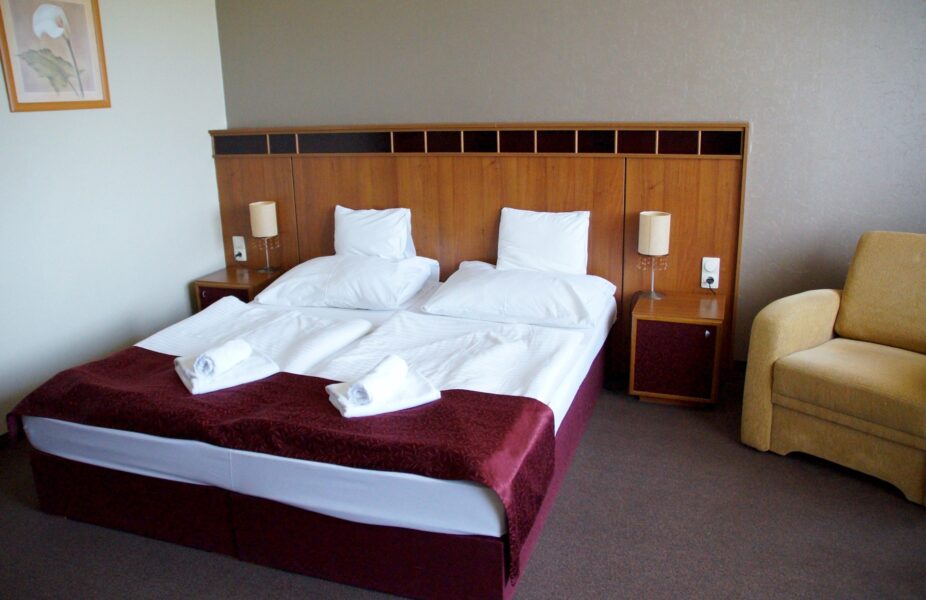
The Best Places to Stay in Dublin
There are lots of great hotels, hostels, and guesthouses in Dublin. However, planning ahead is essential. During the summer high season, Easter, St Patrick’s Day, and the Christmas period, you’ll find all available accommodation is fully booked ahead of time.
In my opinion, you’re better off staying within easy walking distance of the center since there’s plenty of accommodation nearby and it will save you time and money in fares. The three areas I think are best are the city center, Merrion Square, and Smithfield.
I’ve listed lots of accommodation options around Dublin below, but you can easily find more. Check out the official tourist board for guest houses and hotels on the Discover Ireland website or the Holiday Hostels of Ireland Association for hostels in Dublin.
The City Center
This is the best area if you want to be close to the nightlife and main tourist attractions. It’s centered on Dublin Castle and the River Liffey.
Backpackers will love Kinley House on Lord Edward Street, Temple Bar. If you don’t mind sleeping in a mixed dorm with 20 beds, you can stay for as little as €20 ($22). But they also have much smaller dorms and private rooms. You can share a double bedroom for €81 ($89). You could also check out the Abrahams Hostel on Lower Gardiner Street and The Spire Hostel on Marlborough Street.
But if you’re looking for luxury and don’t mind paying a few more Euros, there are several affordable luxury hotels in Dublin. The Fitzwilliam Hotel is a plush 5-star hotel on St Stephen’s Green that scores highly on Google, TripAdvisor, and Booking.com and holds a 2019 Traveler’s Choice Award. Or check out The Westbury Hotel on Balfe Street, which is slightly more expensive but scores even higher ratings on the same comparison websites.
If you’re traveling with family and want to be close to the main sights, check out the Jurys Inn Dublin Parnell Street for reasonable prices and kid-friendly facilities. For travelers on a tighter budget, there are several good budget hotels in the center, like the River House Hotel or Gate Hotel.
Merrion Square
This is one of Dublin’s breathtaking Georgian areas just to the southeast of the city center, with 18th-century townhouses, cobbled streets, and green parks. It’s within walking distance of the city center but also contains several important museums and cultural buildings—a bit like South Kensington in London. The National Gallery, Natural History Museum, National Library, and National Concert Hall are all found around Merrion Square. This makes it a key location for school trips and a great area to stay if you want to entertain and educate your kids.
The family-friendly hotels include O’Neill’s Victorian Pub & Townhouse on Pearse Street and the plush Intercontinental on Simmonscourt Road. But if you’re seeking upscale accommodation, also check out The Merrion Hotel on Upper Merion Street or the Dylan Hotel on Eastmoreland Place.
Travelers on a budget can stay at Travelodge Stephens Green Hotel on Lower Mercer Street or like Abbey Court Hostel on Bachelors Walk and Abigail’s Hostel on Aston Quay.
Smithfield
You’ll find Smithfield just to the northwest of the city center. Traditionally, this was the warehouse district and location of the Smithfield Market, now the Smithfield Plaza. You’ll find great value accommodation in this area as well as Dublin Zoo and Ashtown Castle.
There are lots of hostels in Smithfield, including Garden Lane Backpackers and Four Courts Hostel on Merchant’s Quay. It’s also a great location for budget hotels, like Barry’s Hotel on Denmark Street Great and Marguerite House on Marguerite Road. And families can find great budget rooms in Jurys Inn Dublin Christchurch on Christchurch Place to the south and Jervis Apartments on Wolfe Tone Street.
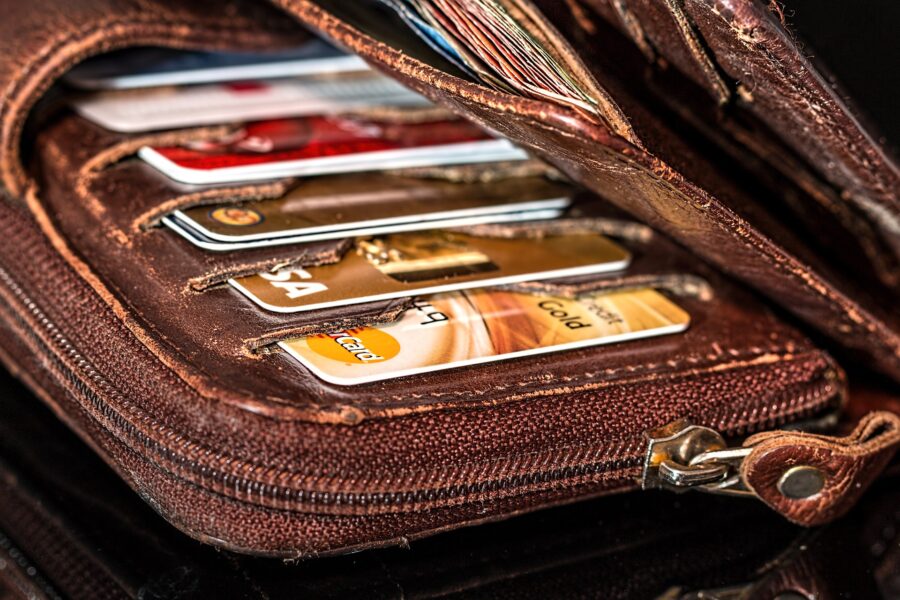
Visiting Dublin Safely
You’ll generally find Dublin to be a safe and welcoming city. However, there were problems here during “The Troubles” back in 1974, and it’s worth bearing in mind the reasons for that tension have not disappeared. Please don’t enter an Irish-language bar and begin talking about politics or religion.
If you go out on a day trip or visit a bar or club at night, tell a family member or friend where you are going and when you expect to return. Arrange to contact them when you return to your hotel so they know you’re safe. Only climb into licensed taxis or go on tours that are clearly organized by experienced professionals. Check tour ratings online before you book.
When you go to a bar or club, go with a friend or relative. Don’t wear flashy jewelry or carry a lot of cash. Most venues accept card payments. Keep your bag and other property close. And never accept drinks from strangers.
When you make a card payment or take cash from an ATM, cover your hand as you input your PIN code. Make a note of your card number and your bank’s emergency contact number in case you lose it, or it is stolen.
Watch your bag, pockets, and valuables in public places, especially in tourist hotspots. Consider leaving important documents, like your travel tickets and passport, in a hotel safe. All major European cities have pickpockets and bag snatchers.
If you see an unattended bag in a transport hub or crowded public place, move away from it and report it to the authorities. In the event of any kind of emergency ring 999 or 112 for the emergency operator. Please remember that the police are called Garda in Dublin, so a police station will have that written on the sign outside.
When you cross the road, look to the right because they drive on the left in Dublin. Where possible, use marked crossings to cross the road. When walking, don’t wear headphones that will limit your situational awareness. If you must walk at night, go with a relative or friend and avoid dark passages.
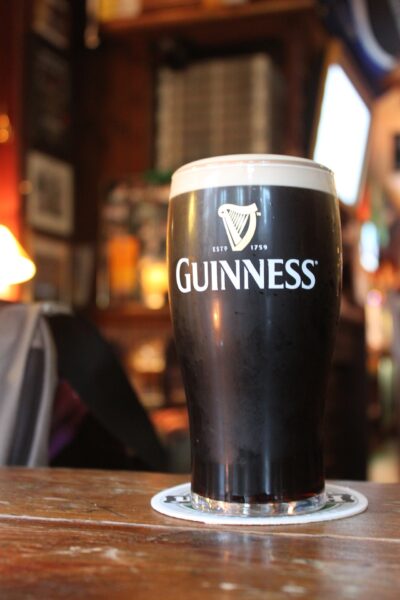
What I Love About Dublin
There’s a good reason why Dublin has long been known as Dublin’s Fair City. The well-preserved Georgian Streets, grand buildings, and parks of the capital are beautiful. And there’s no better city in the world to enjoy a pint in a traditional Irish pub. Dublin is a city that quite simply makes everyone feel welcome.
Map of Dublin Ireland & Travel Guide
Robert loves nature and history. As a child, he drove his parents crazy on vacation begging to visit museums and castles instead of beaches and theme parks. Now his children send him insane by demanding to visit beaches and theme parks.
He became interested in travel while studying archaeology and anthropology at Cambridge University. He volunteered on archaeological excavations all around the British Isles then enjoyed a year exploring and learning about China.
Today, he loves writing about the places he’s visited and still spends time exploring museums and castles.

